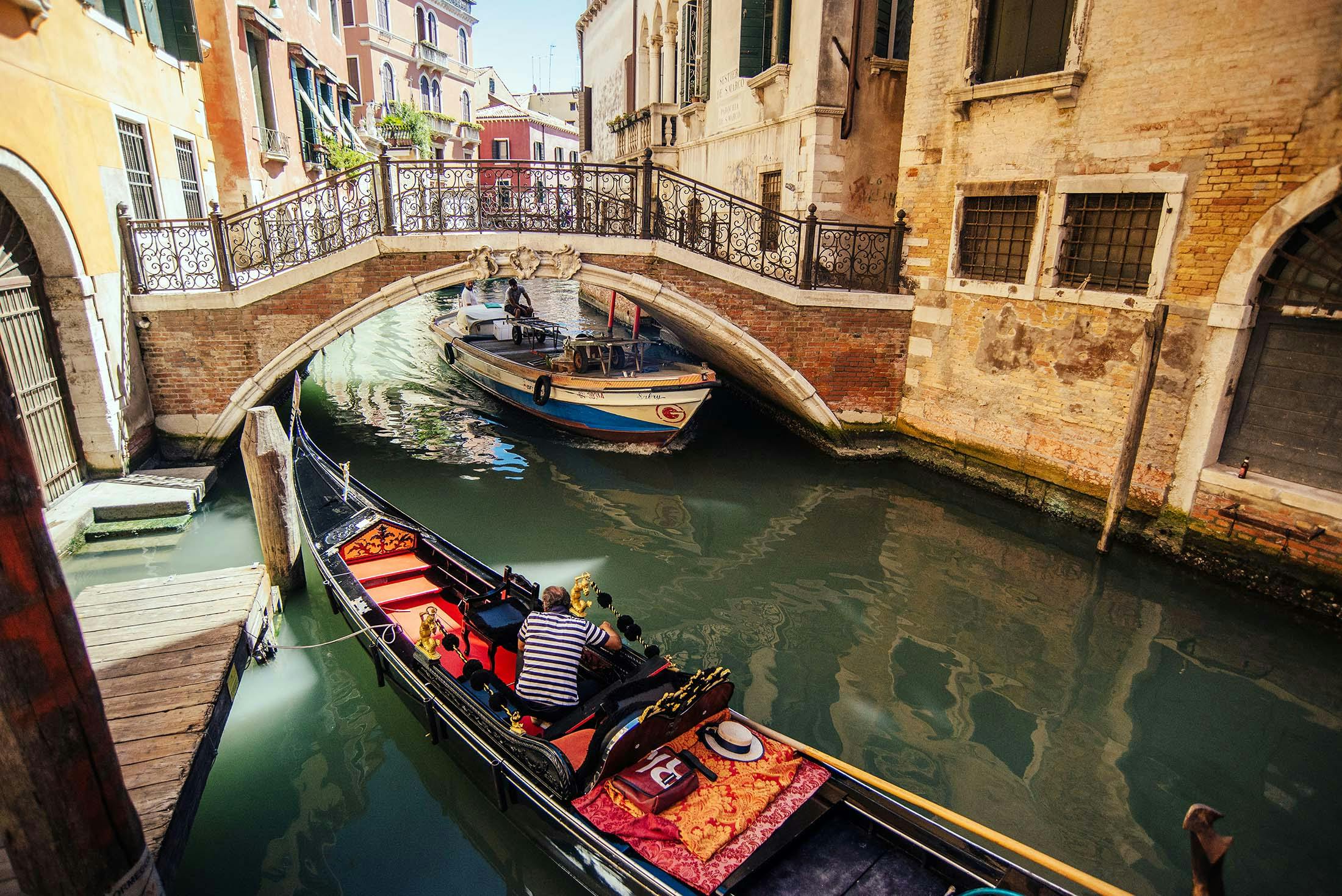Things to Do in Venice: Explore the Venetian Republic Across the Adriatic Sea
Venice is a gondola ride through shadowy canals. Venice is sculpted glass from Murano, pigeons in St. Mark’s Square and getting happily lost along twisting corridors.
Improbably crafted from a swampy archipelago in an Adriatic lagoon, this beautiful accident was once even greater, when the Republic of Venice, known as La Serenissima, was the trading hub bridging Asia and Europe. When one is dreaming of more things to do in Venice, the Adriatic Sea invites us to discover Venice beyond the Grand Canal. On a Silversea cruise to Venice, one can see how the powerful influence of Venice spilled across most of the eastern Adriatic coastline, through the Ionian Islands and on to Crete.
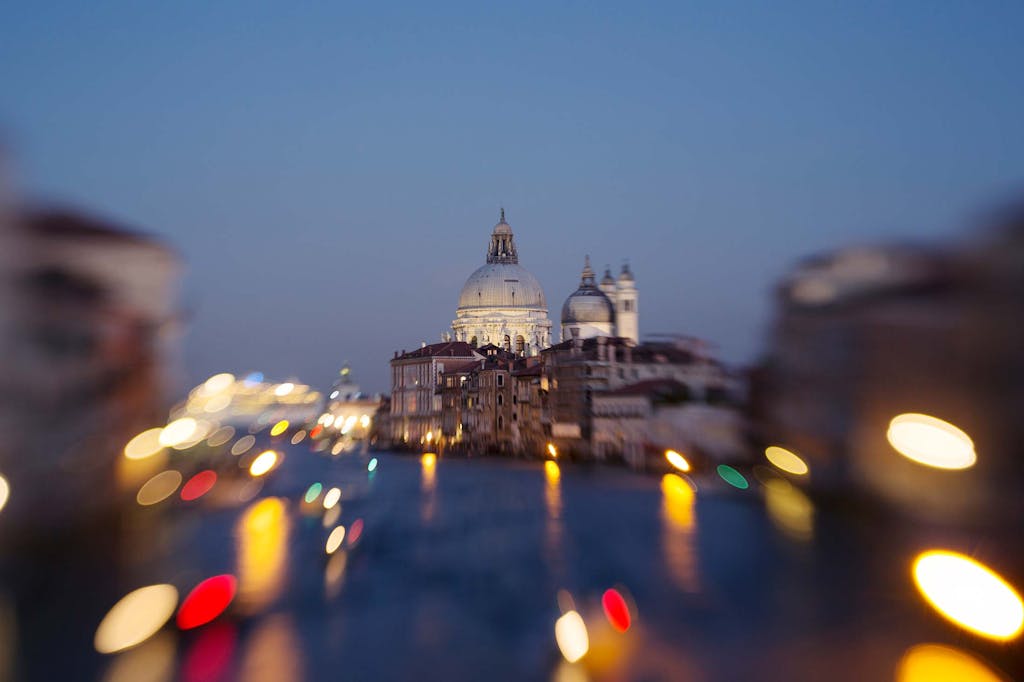
“Venice is in every town along the Dalmatian coast,” says Dino Ivančić, a professor, historian and guide, based in Split, Croatia. “They were here 400 years — it’s not easy to erase them!”
Despite their proximity, one place along the coast you won’t see much of Venice is Trieste. Rather than being conquered by the Venetians, Trieste was the great seaport of the Austrian Empire. To this day, many Italians don’t consider this Vienna-by-the-sea to be part of Italy. (It wasn’t formally turned over until 1954.)
Instead, the Venetian imprint emerges as you head south, over the border to Koper, where Slovenia’s abbreviated coastline wins its only port. The wonderfully medieval city is anchored by the Praetorian Palace, and in the Cathedral of Assumption you will find a horde of Venetian painters, including a masterpiece by Vittore Carpaccio, whose work otherwise mostly lives in Venice.
Just 10 miles down the coast lies decadent Piran, where the palaces are beautifully preserved and grand Venetian Gothic architecture is bisected by winding, arched alleyways that lead to atmospheric Italianate squares.
Continuing south, the Istrian Peninsula, Croatia’s heart-shaped bulwark that sits closest to Venice, was mostly unharmed by the war that broke up the former Yugoslavia in the 1990s. But the Republic of Venice was strong here — so much so that, in contrast to Trieste, many Italians embrace Istria with the fondness one affords a comely relative.
Centuries of Venetian rule mean Italian is still widely spoken, particularly in the northwest corner of Istria, where tiny hilltop towns such as Motovun and Grožnjan bear the mark of Venice in their fortified walls, ramparts and gates dating to the 14th century.
The beautiful oval-shaped port town of Rovinj rewards visitors with telltale Venetian elements, most obviously St. Euphemia’s Church, where the 200-foot-high bell tower was modeled after St. Mark’s in Venice. Atop Balbi Arch, note the winged lion, the symbol of Venice. Grisia, the cobbled street leading uphill to St. Euphemia’s, passes through a panoply of Gothic, Renaissance and Baroque styles.
The splendor of the Dalmatian coast
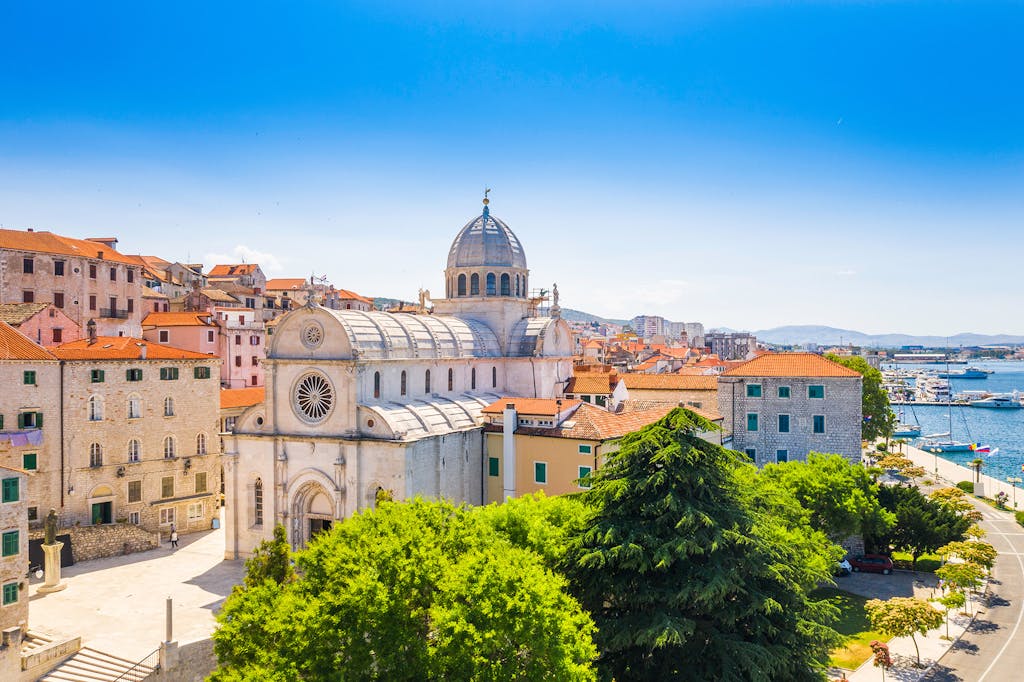
It’s Croatia’s Dalmatian coast where the Venetians really planted their flag. Although Zadar was devastated by the Allies in 1944, the churches of the city’s Venetian period remain, along with palaces and the city hall interspersed today with the communist architecture of Eastern Europe in the 1950s and 1960s. Find the Museum of Religious Art in Zadar to discover reliquaries, sculptures and paintings by Venetian masters.
Continuing south, Šibenik was a royal city before the arrival of the Venetians, and to this day this city of gleaming white limestone can claim the best concentration of palaces on the Adriatic coast, according to Ivančić. The historian looks to the city’s Cathedral of St. James as the most important monument of the Venetian period. “It’s a mixture of Gothic and Renaissance, but built without bonding material, without a spoon of cement,” Ivančić says. “It’s all interlocked stone.”
The Šibenik cathedral was the life work of artist Juraj Dalmatinac of Zadar, who, like many Dalmatians, studied in Venice. In 1441, at the age of 31, the sculptor was summoned to Šibenik to supervise the building of the cathedral, a project he oversaw until his death 32 years later. Today, the Cathedral of St. James is listed as a UNESCO World Heritage site, for its “fruitful outcome of considerable interchanges of influences between the three culturally different regions of Northern Italy, Dalmatia and Tuscany in the 15th and 16th centuries.”
Split as a religious center
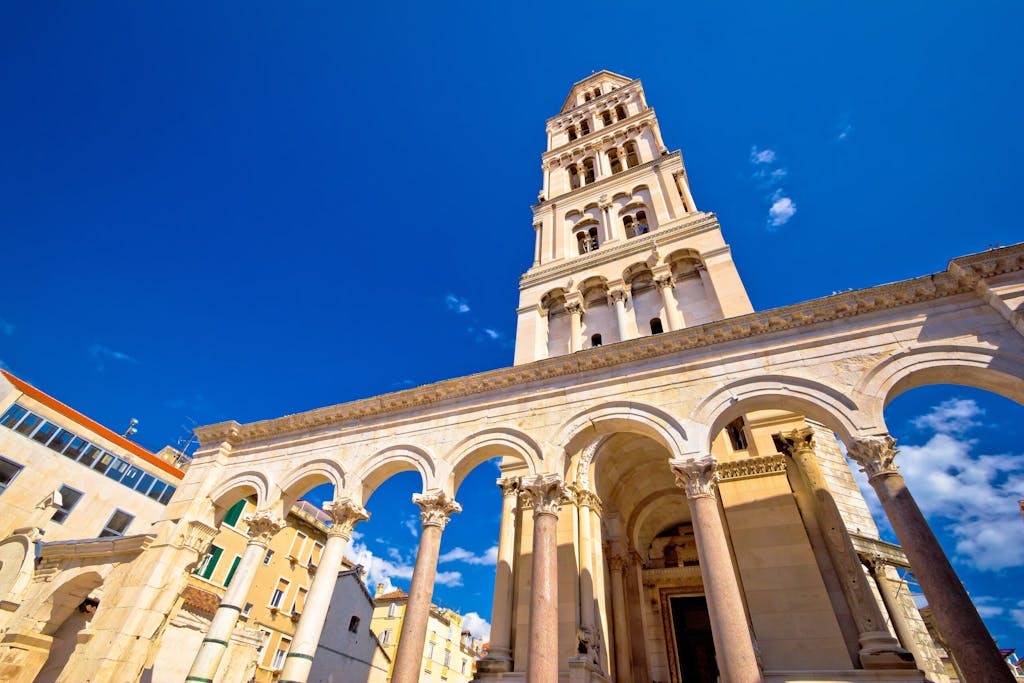
If Zadar was Dalmatia’s political center and Šibenik was the royal city during the Renaissance, then Split was the religious center and, as such, under the protection of the Vatican. This was vital because, as Ivančić explains, “Venice didn’t have a good relationship with the pope, and you don’t mess with the pope’s properties! But they cooperated with the church and various nobility to establish their power.”
Split’s heritage is dominated by its Roman period, and the must-see attraction is the fabulous UNESCO-listed the Palace of Diocletian, built by the Roman emperor of the same name, who was known for his persecution of early Christians. The emperor’s choice of Split as a retirement home is a testament to the city’s grand setting, a backdrop of muscular mountains dropping into tourmaline waters.
But the arrival of the Venetians in 1420 turned Split into a major port-city, and although heavily fortified, it offered trade routes into Croatia’s Ottoman-held interior. The Jewish community, which prospered after the Inquisition, developed this trade route, as well as education, which interested the Venetians very little. Today, Split is home to the world’s second-oldest Jewish ghetto, founded after the one in Venice. The synagogue, built into the western wall of the palace around 1500, is the world’s second oldest continuously operated Sephardic Synagogue, and on Marjan Hill above the city lies a Jewish cemetery wrapped in pine forest.
An unexpected architectural treasure
A great day trip from Split is the historic city of Trogir, 16 miles west. Occupying a tiny island just a stone’s throw from the mainland, Trogir is renowned for its exceptional preservation of Renaissance and Baroque buildings from the Venetian period. Of note: the three-naved Cathedral of St. Lawrence, which was built over a period of three centuries allowing it to exhibit successive Dalmatian architectural styles.
“Trogir is definitely one of the most beautiful and well-kept Mediterranean cities,” says Ivančić. “You see Venice around every corner — it’s all pedestrian — and as you stroll down the super-narrow alleys, you get the feeling you are walking through time.”
More eye candy of the Venetian red-roof and narrow-passage variety is delivered on the island of Korčula, but there’s a teasing mystery afoot here: Some say it was in Korčula town, not Venice, where Marco Polo was born in 1254. Although his family was definitely here and the real birth story may never be known, it’s worth stopping by and ascending the skinny tower that offers a sweeping vista over the Adriatic. From here, it’s hard to imagine how a young boy wouldn’t be motivated by such a view to explore the world.
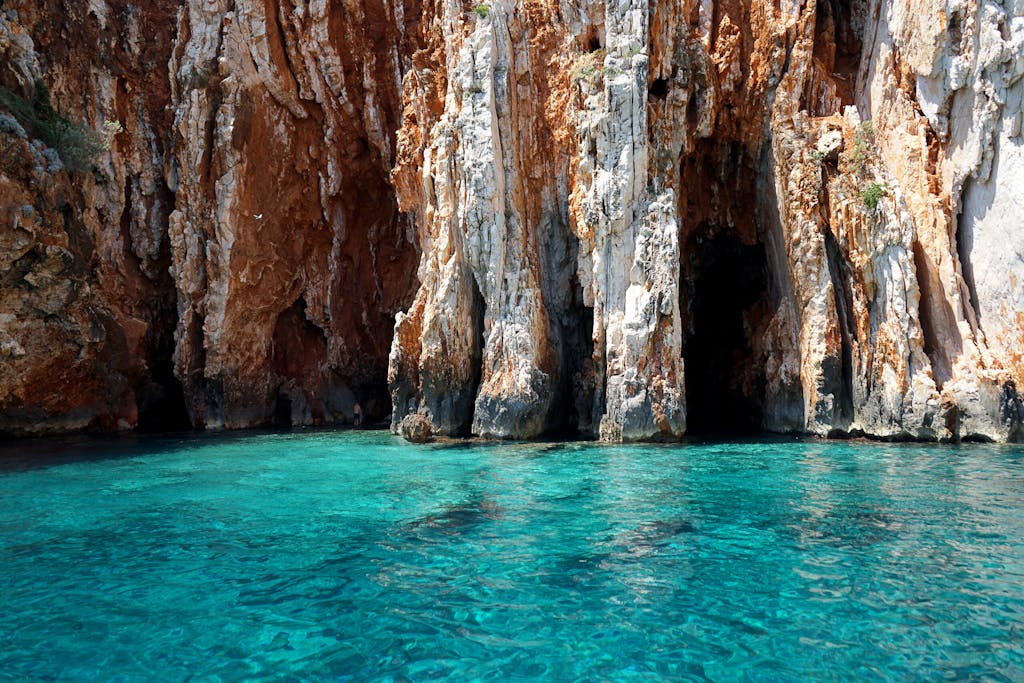
Nearby, sunny Hvar was an important naval base for the Venetians, who built the town’s grand, looming fortress and public walls. The fort is imposing enough that, in 1571 when the town was raided by Turks, all the citizens of Hvar were able to shelter safely inside. These and Hvar’s 13th-century walls survive today, wrapping twisty, narrow marble streets, a huge town square, and ornate Gothic palaces.
“Hvar is very Venetian, and from the moment you arrive, you see it everywhere — in the churches, the city hall,” Ivančić says. “The arsenal, where ships were repaired, was built in 1611 and is still intact. Upstairs is a theater, the oldest public theater in the world. It was the first in Europe where everybody could participate.”
“The Dalmatians flourished under Venice,” adds Ivančić. “They didn’t have to report directly to Venice, and although salaries were super low, they never had to pay taxes.”
Dubrovnik, Croatia, stands alone
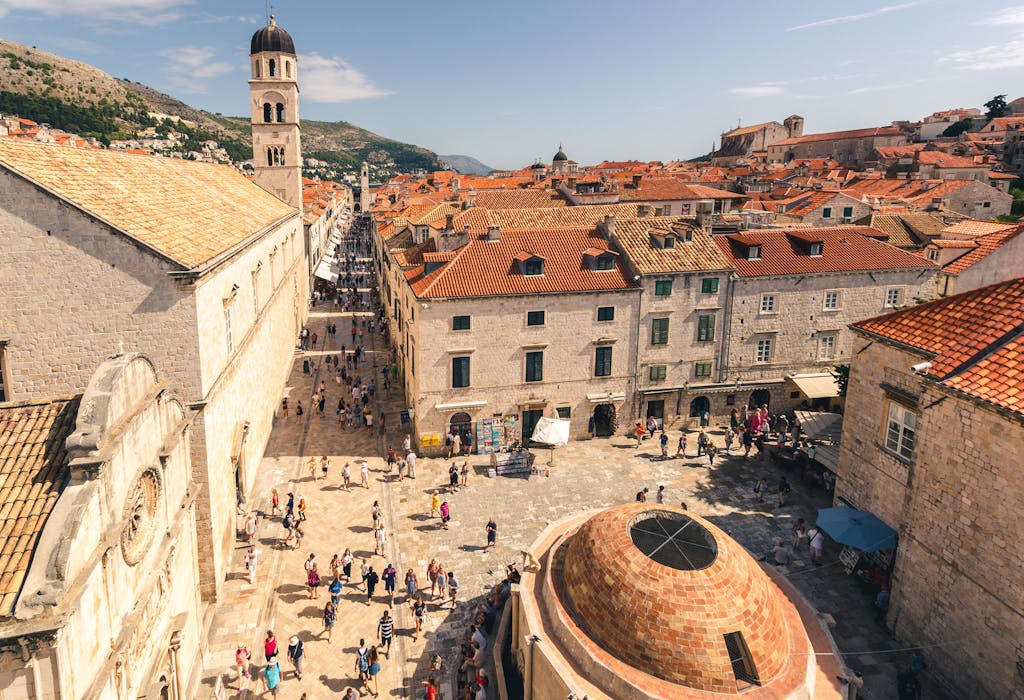
As we continue to the southern end of today’s Croatia, there’s a hiccup. In contrast to the rest of the Dalmatian coast, Dubrovnik stood on its own at the height of the Venetians’ power. From the mid-14th century, the Republic of Ragusa — as Dubrovnik was known then — was one of five maritime states, trading far and wide and keeping the Ottoman Empire at arm’s length.
“You don’t mention Dubrovnik in the context of Venice,” Ivančić says. “They had their own history and their own politics.”
Instead, the Venetian story picks up again just south, in Kotor, in an atmospheric bay tucked deep inside Montenegro’s Adriatic coastline. The romantic, UNESCO-listed old town is wrapped in well-preserved defensive walls typical of Venice’s fortifications. There are citadels and towers, ramparts and a fabulous sea gate, and cobblestone alleys lead from the bulwarks to ornate Venetian palaces. The winged lion of St. Mark appears prominently at several places in the old town.
Kotor was rich with Venetian culture and art, and you can hunt down 14th-century frescoes and gold and silver reliquaries at Cathedral of St. Tryphon. St. Claire’s Franciscan Church swells with Baroque touches, such as the floating cherubs surrounding a spectacular marble altar by Venetian sculptor Francesco Cabianco.
Leading up St. John Hill behind town, the wall surrounding Kotor wasn’t completed until the 19th century. Those with stamina can ascend the snaking structure to the fort at the top, 853 feet above sea level, where resplendent views onto the town and bay are rewarded.
Corfu opens the door
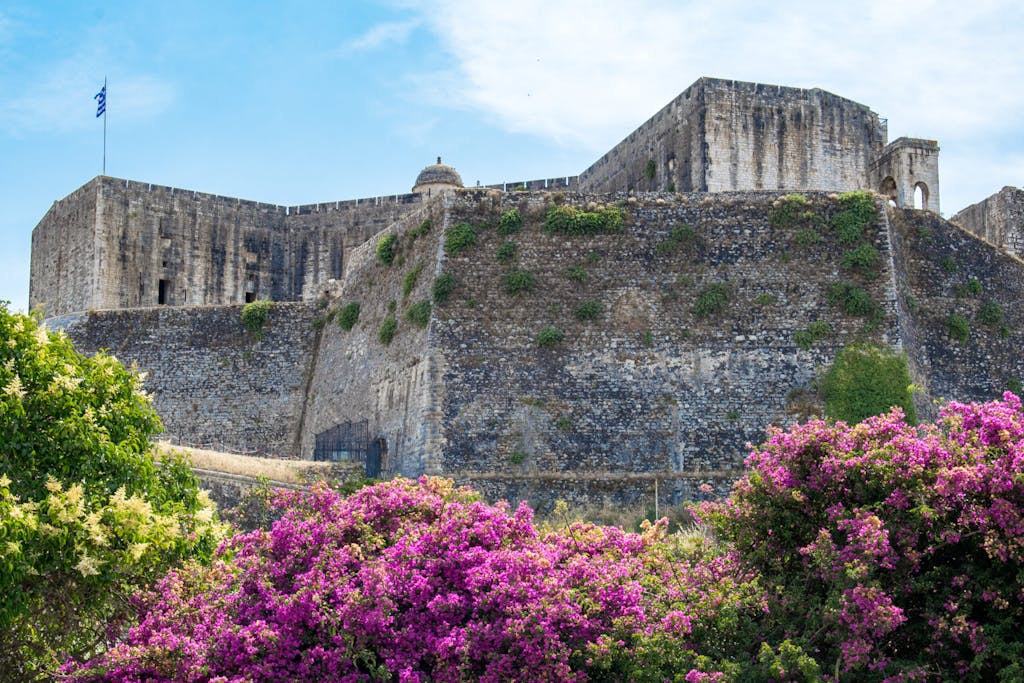
For four centuries, Corfu served as Venice’s front door. The island was used as a bulwark against the Ottoman Empire — not just for the Adriatic but for all of Europe. It was Venetian fortifications that allowed Corfu to thrive as one of the few places in Greece that was never conquered by the Ottomans, despite repeated attempts.
The imprint of various cultures mingles gracefully in Corfu town, while at the Old Fortress, the British — who oversaw Corfu starting in 1815 — did their best to “improve” on Venetian elements. The New Venetian Fortress, built in 1578 and rising atop San Marco’s hill, provides excellent examples of Venetian architecture, including grand fortifications, bastions, underground galleries and moats. Five miles northwest of town, the arsenal at Gouvia was a shipyard built in 1716 by the Venetians as part of the island’s defenses.
In the Old City, narrow streets with telltale Venetian arches lead to the Mayor’s House, originally a club for the local nobility, fronted by slender Juliette balconies. It was the Venetians who also built the first modern theater in Greece, the Noble Theatre of Saint James of Corfu where Italian operas were performed for nobility for a century-and-a-half, as well as Spianada Square, the biggest central square in Greece. Walk across Spianada and you’ll arrive at a rotunda with 20 Ionic columns, a fancy cover for an underground cistern built in 1781.
Although the Republic of Venice controlled most of the Greek islands in the western Aegean, it was Crete where they left their most important mark. The island’s star attraction is the ancient Minoan Palace of Knossos, just outside Heraklion, the main port, but after a visit to the spectacular ruins, take time to discover the city’s Venetian story.
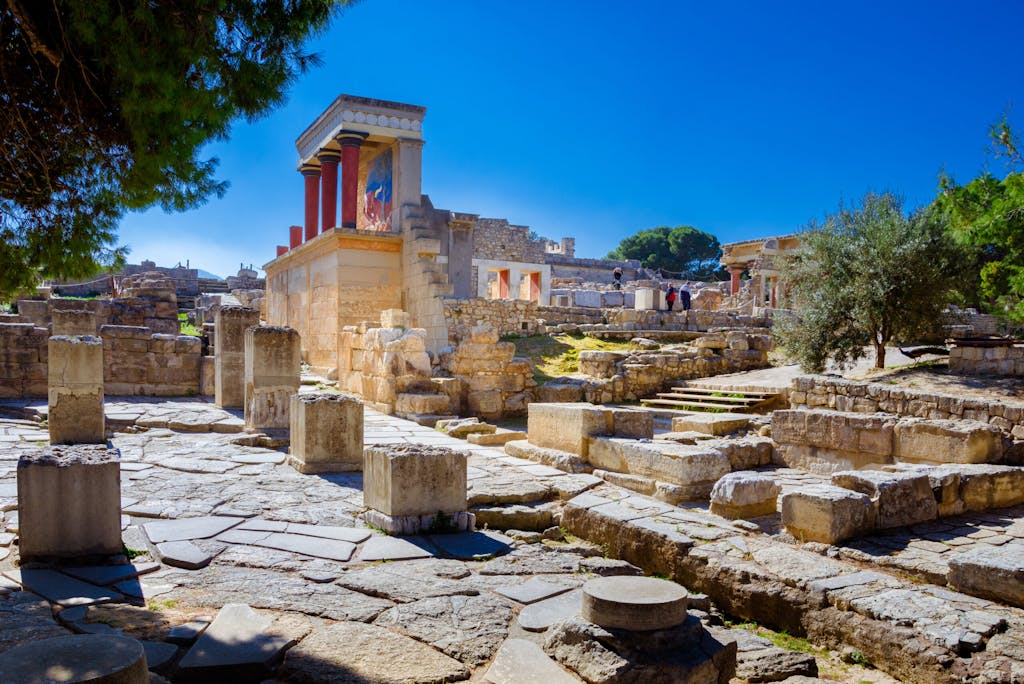
The Historical Museum of Crete relates the island’s tale from the Byzantine period to the Turkish, but the Venetians take center stage. There’s a model of the city just prior to the Ottoman takeover, Venetian gold jewelry, and two paintings by El Greco, the most famous by-product of the Cretan Renaissance. Nearby, the recently restored 16th-century fortress Rocca al Mare offers an exhibit on the city’s history, while the Morosini Fountain in Lions Square is another relic of the Venetian era.
The four lions supporting the cheerful fountain’s basin recall, once again, St. Mark’s in Venice. When we return to La Serenissima, we can dig with newfound wonder into the saga of the republic, and see the various things to do in Venice in a new light.
At the user-friendly Correr Museum, find maps and flags that relate the 1,200-year saga of the republic’s maritime power. At the northern end of the Arsenale shipyards, still in use by the Italian Navy, we can glimpse a 13th-century factory where canals were used as assembly lines for 16,000 working to build a fleet that conquered the Adriatic and beyond. And the Navy Museum at the Arsenale has a fabulous collection of ancient ships and models, including the early 19th-century ceremonial vessel used to usher King Vittorio Emanuele to Piazza San Marco when Venice joined the new Kingdom of Italy.
Return to Venice? Always.
Ready to start exploring the region on a cruise to Venice? Start by browsing these Adriatic Luxury Cruises on Silversea.
